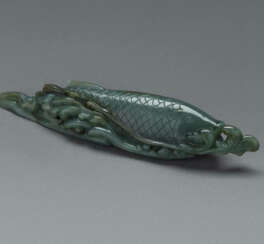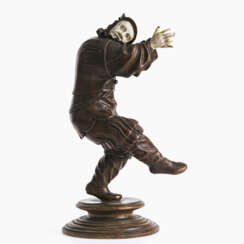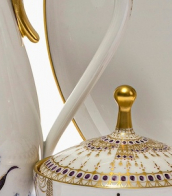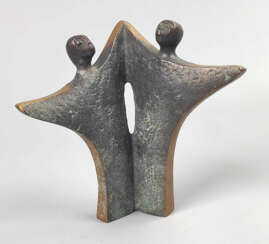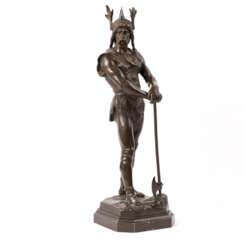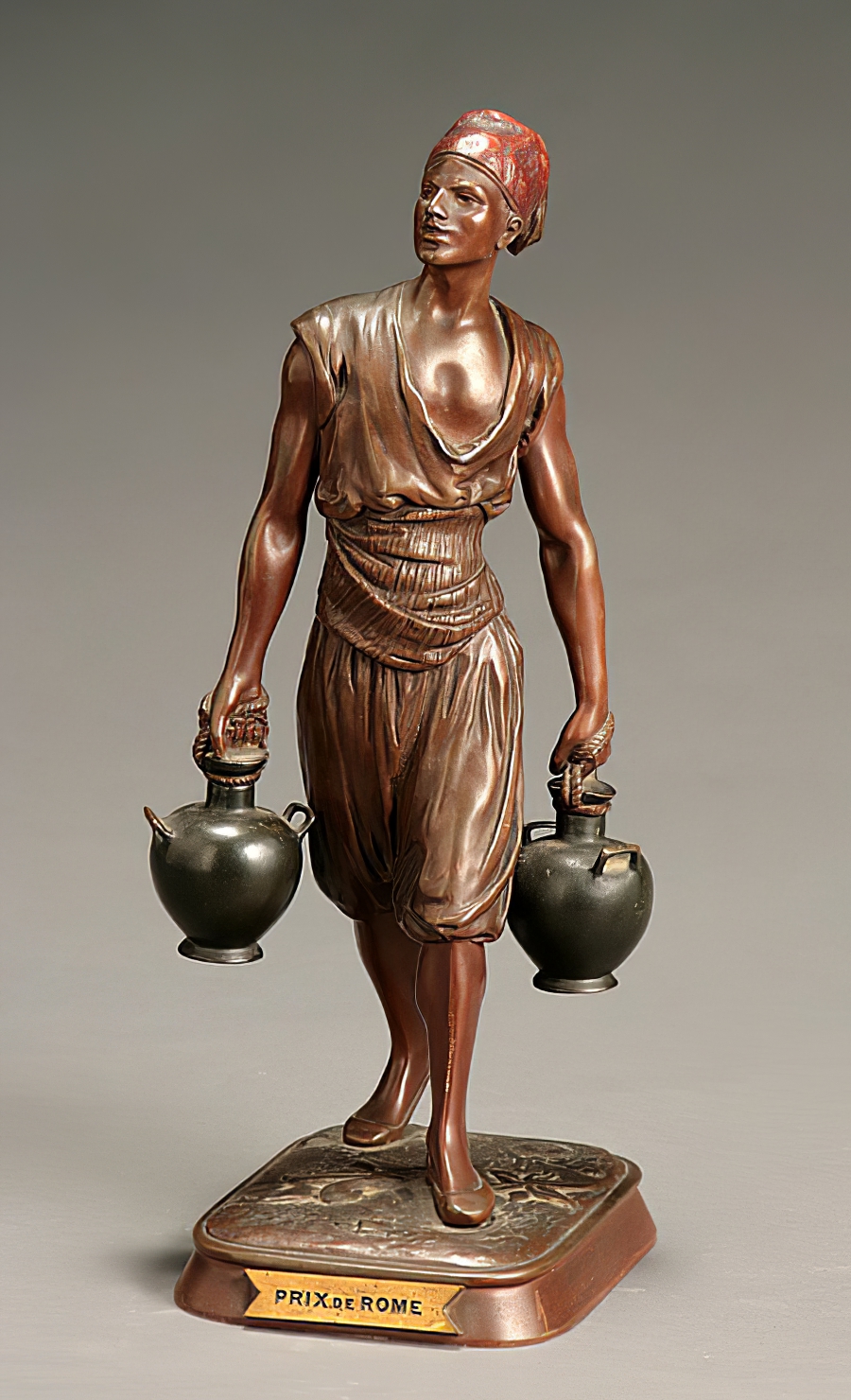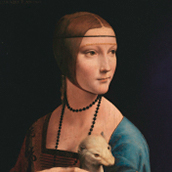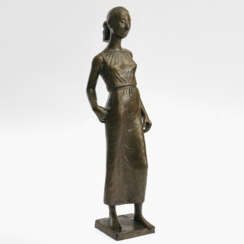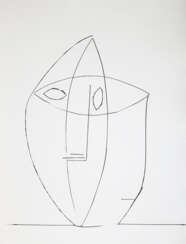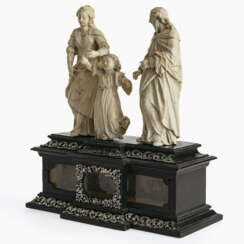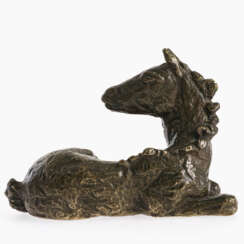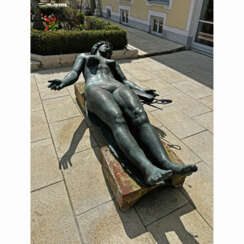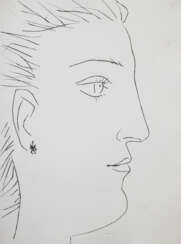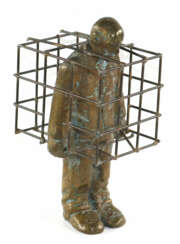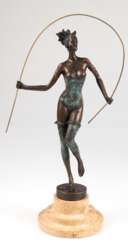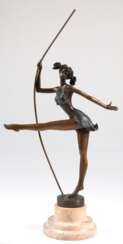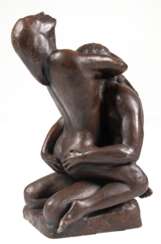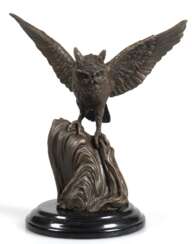21 Items by auctions and galleries:
figuren und skulpturen
Lot 402 Renée Sintenis. Liegendes Fohlen. 1932
Renèe Sintenis (1888 - 1965) 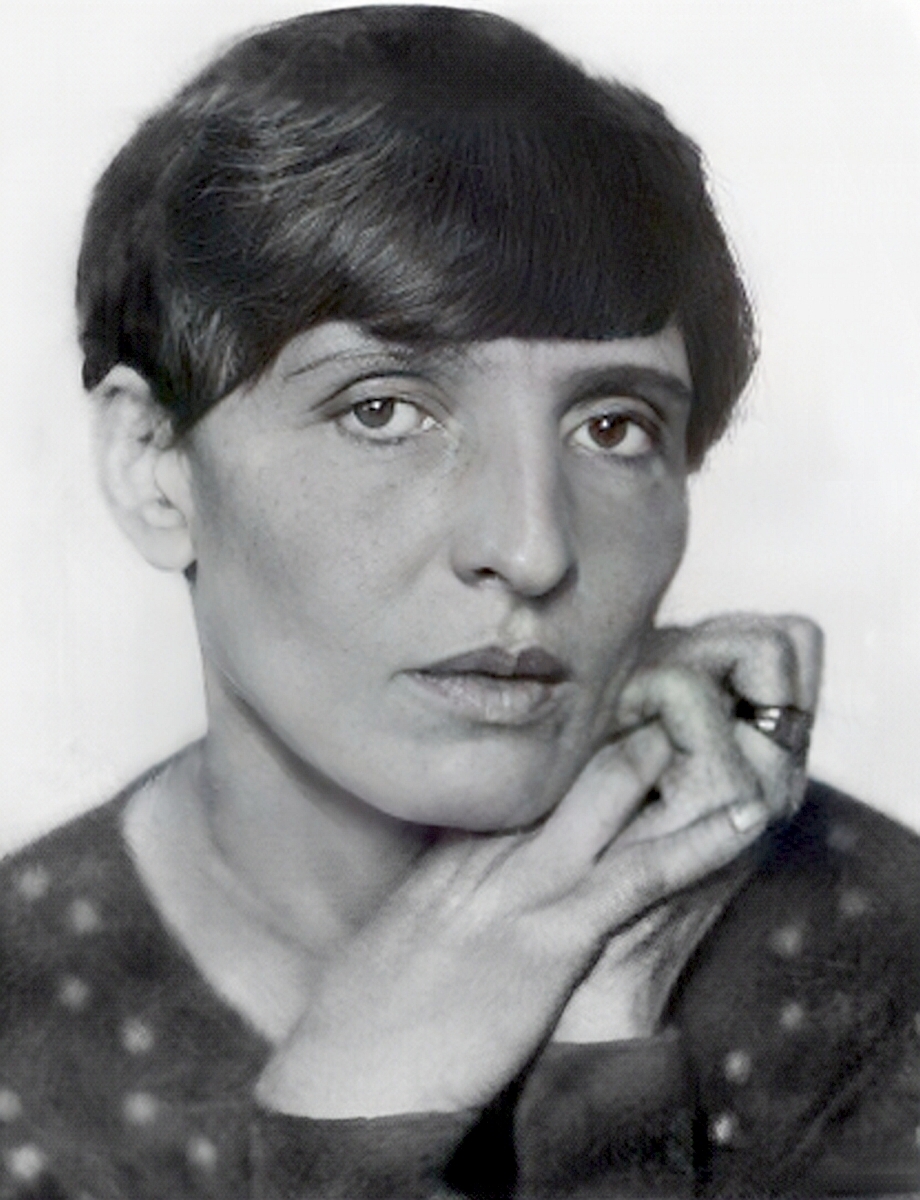 A417: Moderne und Contemporary Art
A417: Moderne und Contemporary Art 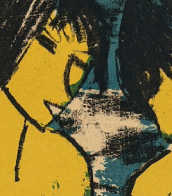

Renèe Sintenis
20.03.1888 - 22.04.1965
Germany, Poland
Renée Sintenis was a German sculptor, medallist, and graphic artist who worked in Berlin. She created mainly small-sized animal sculptures, female nudes, portraits, and sports statuettes. She is especially known for her Berlin Bear sculptures, which was used as the design for the Berlinale's top flim award, the Golden Bear.

Kunstauktionshaus Neumeister
A417: Moderne und Contemporary Art
Date: 02.07.2025 17:30 UTC +02:00
Number of lots in the catalog: 95
Lot 3801 Neuenhausen, Siegfried
Siegfried Neuenhausen (1931) 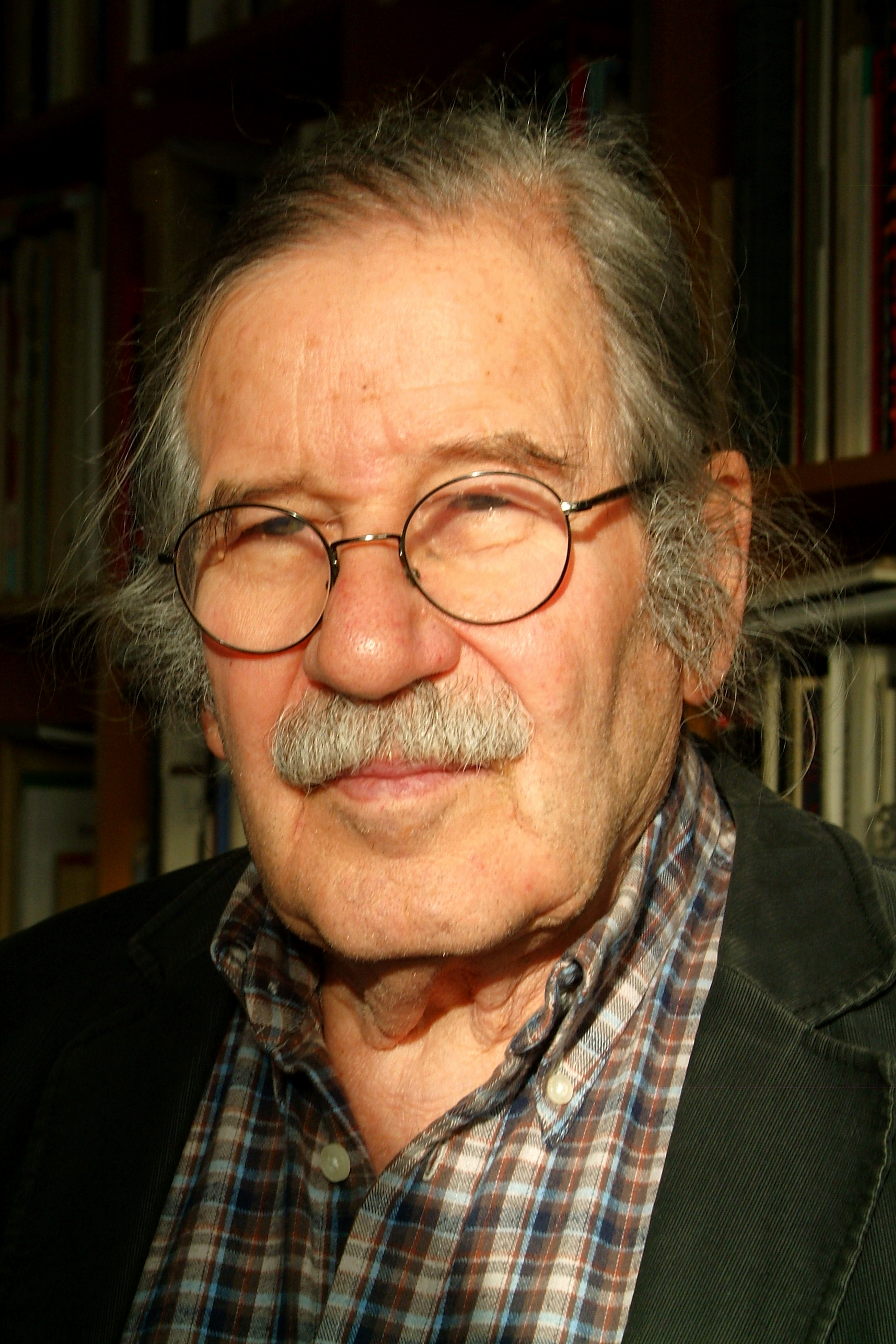 A137: Buch- und Kunstauktion 3
A137: Buch- und Kunstauktion 3 

Siegfried Neuenhausen
30.11.1931
Germany
Siegfried Neuenhausen is a German sculptor, painter and graphic artist, author and publisher as well as a realist sculptor.

Auktionshaus Kiefer
A137: Buch- und Kunstauktion 3
Date: 14.02.2025 10:00 UTC +02:00
Number of lots in the catalog: 1333
Lot 332 Bronze-Figur "Tänzerin mit Seil", braun und z.T. grün patiniert, auf runder Plinthe signiert "Milo", Gießerplakette "J.B. Deposee Paris", H. 29 cm, auf rundem, hellbraunem Steinsockel, Ges.…
Kunst und Antiquitäten 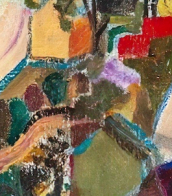

Auktionshaus Satow
Kunst und Antiquitäten
Date: 09.08.2025 11:00 UTC +02:00
Number of lots in the catalog: 1040
Lot 333 Bronze-Figur "Tänzerin an Stange", braun und z.T. grün patiniert, auf runder Plinthe signiert "Milo", Gießerplakette "J.B. Deposee Paris", H. 34 cm, auf rundem, hellbraunem Steinsockel, Ges…
Kunst und Antiquitäten 

Auktionshaus Satow
Kunst und Antiquitäten
Date: 09.08.2025 11:00 UTC +02:00
Number of lots in the catalog: 1040
Lot 341 Bronze-Figur "Justitia", mit Waage und Schwert auf Buch und Schlange stehend, Nachguß, grün patiniert, bezeichnet "Meyer", Gießerplakette "J.B. Deposee Paris",braun patiniert, und teilweise …
Kunst und Antiquitäten 

Auktionshaus Satow
Kunst und Antiquitäten
Date: 09.08.2025 11:00 UTC +02:00
Number of lots in the catalog: 1040
